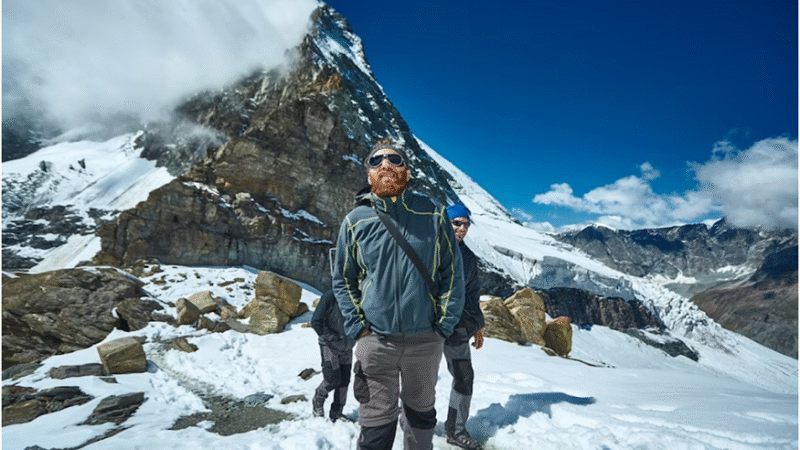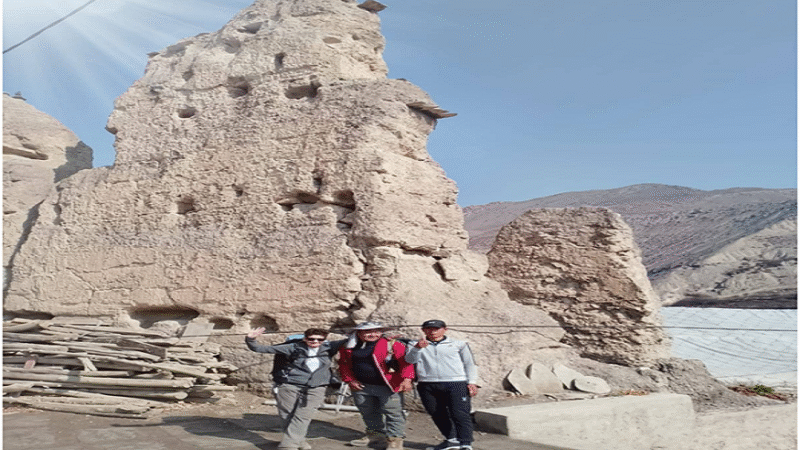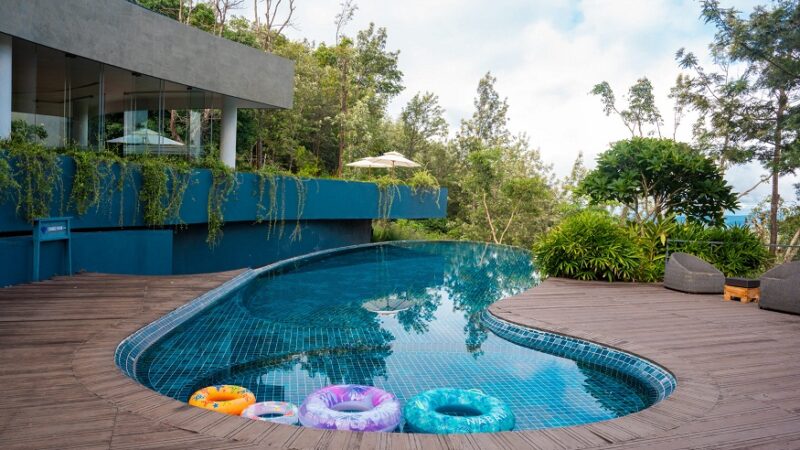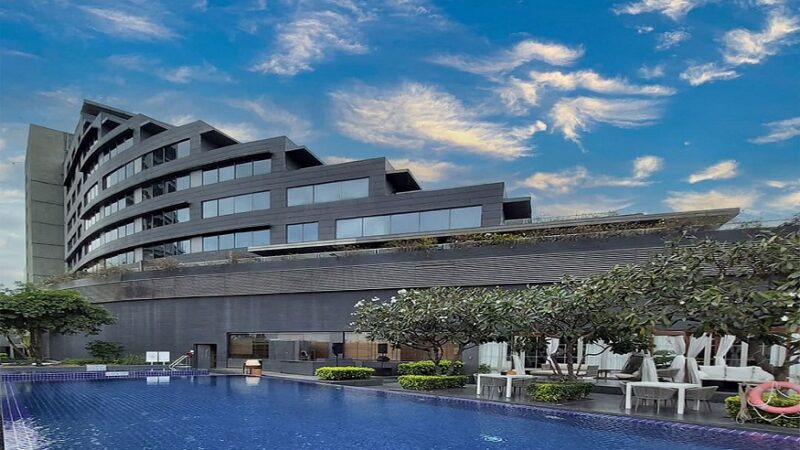Nepal’s peak Trio: Why You Should Three PTrek Allikey Peak, Nar Phu, and Annapurna Circuit Trek
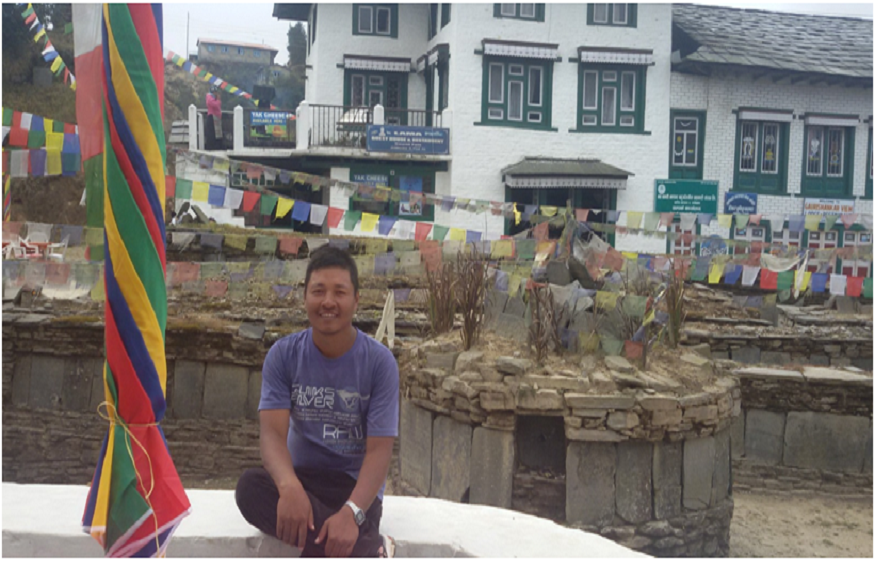
Nepal is not only mountains; it is magic. You feel it when you land, when the air is thin and fresh, when the people smile, and when the peaks rise like gods around you. For many people, Everest is the name they know. But real adventure hides in quieter trails. Pikey Peak, Nar Phu Valley, and Annapurna Circuit—three treks that not only show different faces of the Himalaya but also touch your soul. In this article, we take you to those places, in simple words but deep feelings.
Pikey Peak Trek—A Small Trek With Big Views
Pikey Peak Trek is not a long trek. You can finish in 5 to 7 days. But don’t think small means less. From Pikey Peak’s peak, Sir Edmund Hillary says he saw the best view of Everest. And he climbed Everest, so he knows.
The trail starts from Dhap or Jiri, and you walk through forest, village, and ridge. Rhododendrons bloom in spring, and hills turn red and pink. Locals say namaste with a warm smile. You sleep in small tea houses and eat dal bhat and local potato. Life is simple here.
No need for a big team, no need for flight. Just take a jeep, walk, and enjoy. Pikey Peak is good for beginners but also for people who already trek and want a quiet place.
When you reach the summit, 4,065 meters, you see a big range—Everest, Kanchenjunga, Makalu, and more. It feels like the world is wide open. Wind strong but feeling stronger. You feel proud.
Nar Phu Valley Trek—A Secret Place in the Mountains
Nar Phu valley trek is not like a normal trek. It’s hidden, far from the crowd, and full of old culture. Nar and Phu are two villages tucked between Annapurna and Manaslu. The area was closed before for tourists; now it’s open, but still very few people go.
You need a special permit for this trek. Start from Koto, the same point as Annapurna, but you turn into a narrow canyon and leave a big trail. From the start it felt different. Rock wall, old bridge, blue sheep walking on a cliff.
Phu village looks like it was from another time. Stone house, Buddhist chorten, prayer flag dance in the wind. People here speak a Tibetan dialect and follow old ways. They smile but don’t talk too much. Life is hard here, high and cold.
You visit Tashi Lhakhang Cloister, which is exceptionally tranquil and ancient. On the way back you cross Kang La Pass (5,320 m); it’s a difficult day, but the sea of Annapurna is enormous. You cry maybe, or just sit quietly.
This trek is not for beginners. You need stamina, good gear, and respect for locals. But experience is gold. You see Nepal as not many see it.
Annapurna Circuit Trek—The Classic That Still Surprises
Annapurna Circuit trek may be the most famous of these three. But now that roads have come, people think it’s not the same. Still, if you walk smart, take new trails, and skip road parts, it is still magic.
You begin from Bhulbhule or Jagat and walk through rice areas, waterfalls, pine woodlands, and elevations, all in one trek. Each day is diverse. You meet Gurung, Thakali, and Manangi individuals. Eat apple pie in Manang, feel snow in Thorong La.
Thorong La Pass (5,416 m) is a huge challenge. Wind cold, breath moderate, but feeling tall. Numerous trekkers dream of this minute. After passing, you reach Muktinath, a sacred place for both Hindus and Buddhists.
Then Jomsom, the apple , arrived. From here, you can fly or proceed to Tapeakani (hot spring) and Poon hill (dawn see). So numerous options.
The Annapurna Circuit is not a fair trek; it’s a trek through geology, culture, and time.
Why All Three Treks Are Better Than Just One
Each trek shows Nepal.
- Pikey Peak shows the Everest region without crowds. Peaceful, short, and best for local culture.
- Nar Phu gives you mystery, raw Himalayan life, and wild feelings. Remote, hidden, special.
- Annapurna Circuit is a complete package—people, mountain, religion, road, forest, and pass.
When you do all three, you don’t just walk in the mountains. You understand how Nepal changes from east to west. How people live high, how culture survives, how trials test you.
- Each trek has its own flavor. Like dal bhat, momo, and thukpa—all peak notch, all different.
- What You Require to Know Some time recently Trekking
Permit:
- For Pikey peak: TIMS and nearby permit.
- For Nar Phu: Confined Region Allow (RAP), ACAP, and TIMS.
- For Annapurna Circuit: ACAP and TIMS.
Guide and Porter:
For Nar Phu, a guide is a must. For others, it’s better to have but not always required. Porter helps a lot. Your back will thank you.
Best Time:
- Spring (March to May): Blossoms, clear sky.
- Autumn (Sept to Nov): Best climate, active trail.
- Winter: Okay for Pikey and Nar Phu, not good for high passes like Thorong La.
- Monsoon: Avoid. Leech, cloud, landslide.
Gear You Need:
- Good shoes. Don’t bring city sneakers.
- Warm jacket, sleeping bag, walking stick.
- Water filter or tablet. Bottle.
- Simple medical kit. Headlamp.
Food and Stay
Every trek has tea houses. Pikey Peak has a simple room and a shared toilet. The food is local but fresh. Dal bhat keeps you strong.
Nar Phu has a very basic house. Sometimes solar light only. The food is simple: a lot of tsampa, noodles, and potatoes. Bring some snacks from the city.
Annapurna has more choices. Apple pie, pizza, coffee—because many trekkers come. But costs go high when you go high.
A hot shower is a dream in Nar Phu. In Pikey Peak, sometimes yes. In Annapurna, you can get almost anywhere, but you need to pay extra.
Culture and Respect
- People in the mountains do not like tourists much if tourists are noisy, rude, or do not dress well. Always say namaste. Don’t touch your head; don’t enter home without asking.
- Take photos only when people say yes. No drone in Nar Phu without a permit.
- Respect the stupa, the prayer flag, and the monastery. Go clockwise around them.
How to Choose Which Trek First?
- If new to trekking—start with Pikey Peak. Easy, short, and prepares you for more.
- If you want something rare, go to Nar Phu, but only if you are fit and ready.
- If you want a full adventure, do the Annapurna Circuit; it’s long but unforgettable.
And if you can, do all three. Not in one trip maybe, but one by one. Nepal waits for you.
Final Words—The Heart of Himalaya
People say mountains test you. But also, mountains teach you.
You walk gradually, you breathe profoundly, and you think clearly. You see snow, you listen to yak chimes, and you drink hot tea in the cold wind.
Pikey peak makes you humble. Nar Phu makes you inquisitive. The Annapurna Circuit makes you complete.
Nepal is not wealthy in cash but wealthy in soul. Each path is a story, each town is a lyric, and each grin is a treasure.
So when you think of trekking, don’t go where all go. Go where your heart takes you. Attempt the best trio—Pikey, Nar Phu, and Annapurna. And when you go back home, you are not the same. You are more grounded, milder, and more shrewd.
Contact Details
Company address: Everest Trekking Routes Pvt. Ltd.
16 Khumbu, Nayabazaar, Kathmandu, Nepal
Mobile : +977-9843467921 (Rabin)
Email: [email protected]
URL:– www.everesttrekkingroutes.com

